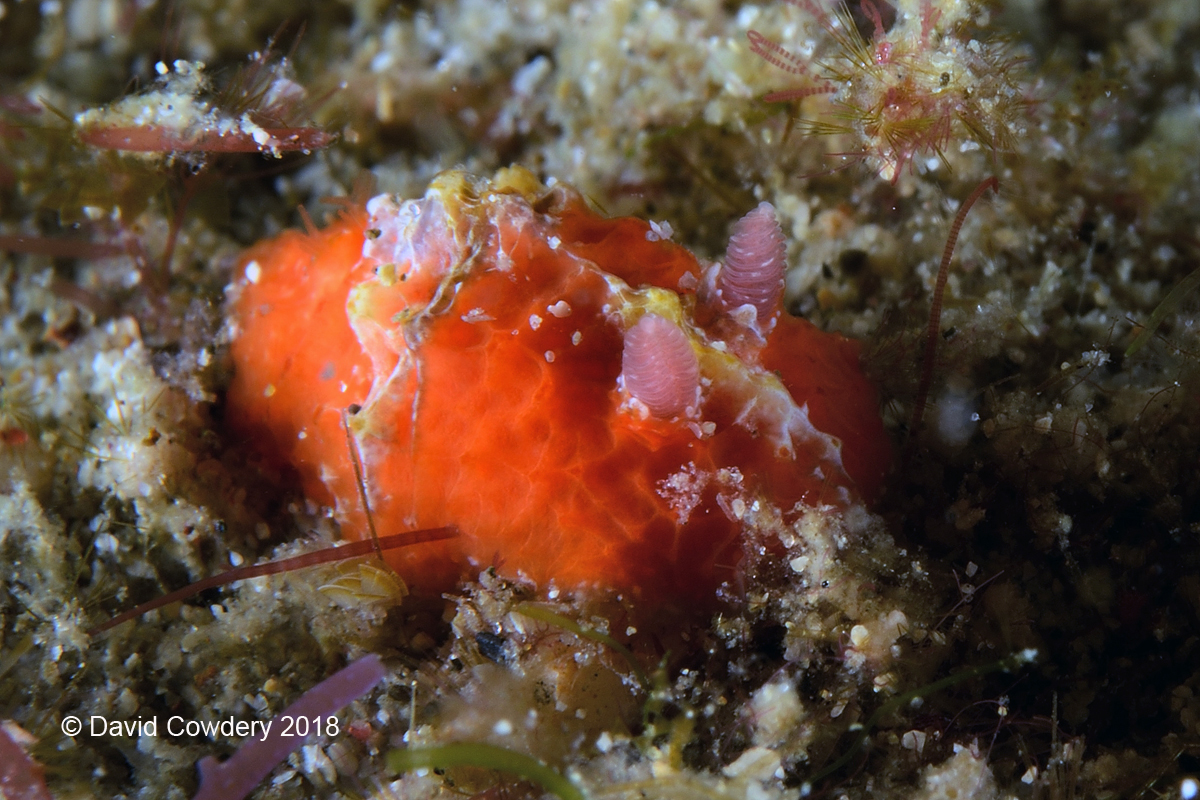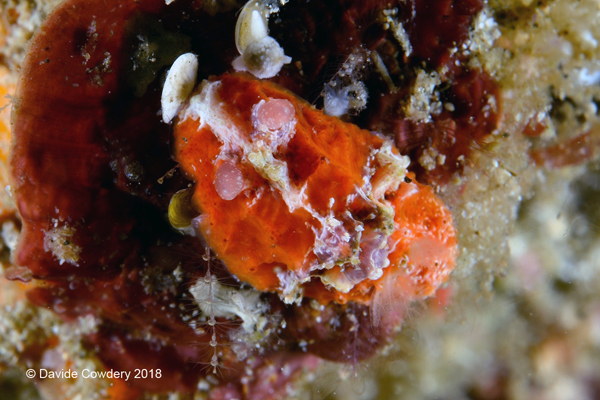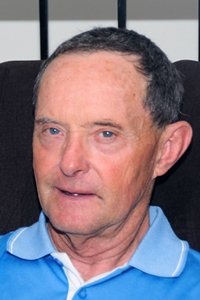 |
Sclerodoris rubicunda
Image courtesy of David CowderyPhoto taken at Anilao, Batangas, Philippines
March 2018
Nikon D800 with DS160 substrobes
 |
Sclerodoris rubicunda (Baba, 1949) Dr. Kikutaro Baba originally described this species as a Halgerda, because to the ridges on the notum. It has since been moved to Sclerodoris because tubercles have caryophyllidia, which are microscopic organs composed of spicules surrounding a central knob covered with cilia. Sclerodoris rubicunda is redish-orange with a large, irregular opaque band across the dorsum and on the head between the rhinophores. The series of notal depressions gives this species a sponge-like appearance, which makes it quite cryptic on the red sponge it feeds on.
Sammamish, WA 98074 Jul., 2018 Send Dave email at davidwbehrens@gmail.com
|
David Cowdery

Dave Cowdery is a retired bio-medical Engineer and is the inventor of the Alumina/Titanium hermetic feedthrough (1970) for implantable bionics and the first to introduce a Titanium casing. This invention created the first bionic implant (pacemaker) with a service life that could be measured in years rather than months and is the basis for todays huge multi billion dollar bionic industry. David is a Divemaster with over 5,500 dives experience and is based near Byron Bay in Australia. David is also a keen competitive road bicycle rider covering over 400 km most weeks. Photographic equipment used Nikon D800 camera with DS160 substrobes.
Send Dave mail at divec@ozemail.com.au
|

|
